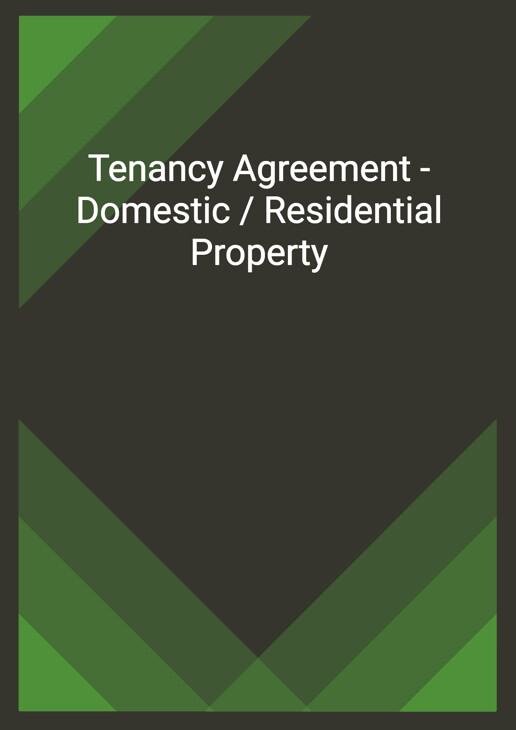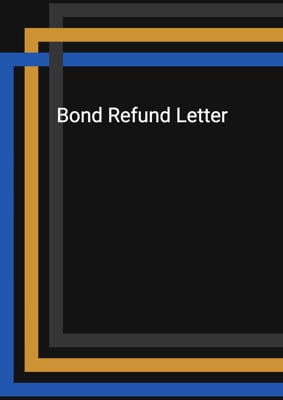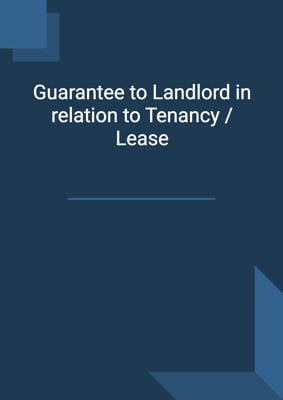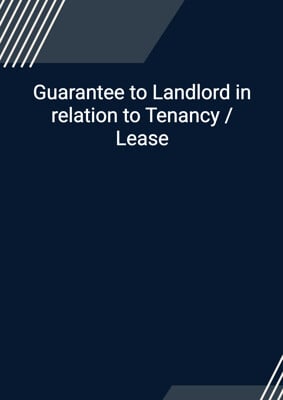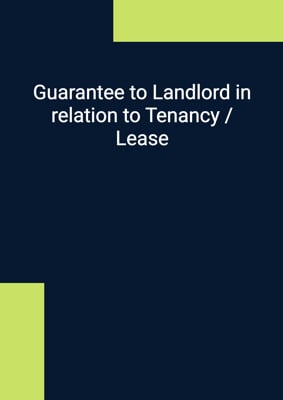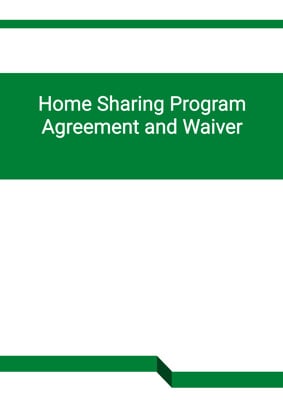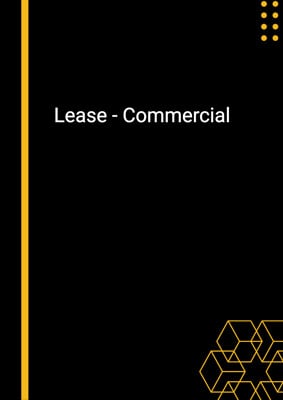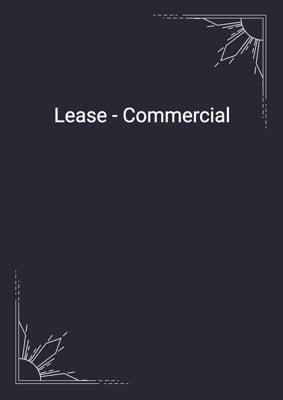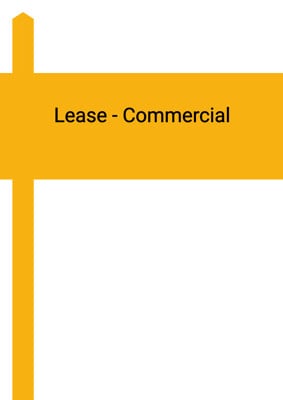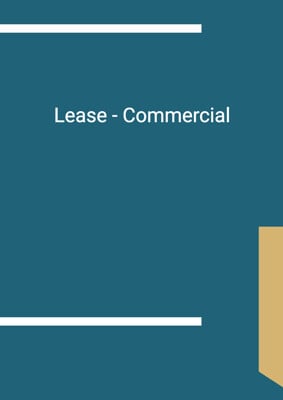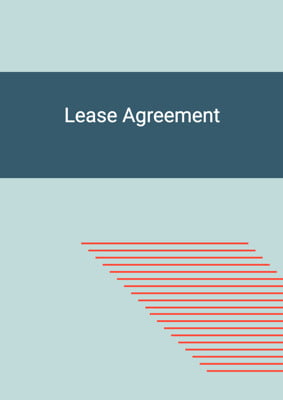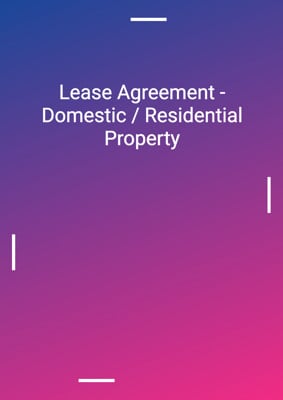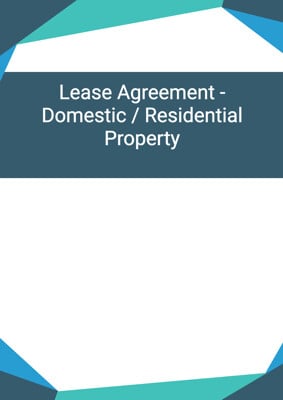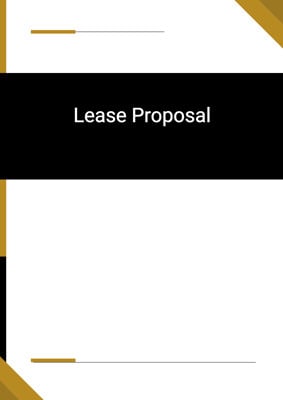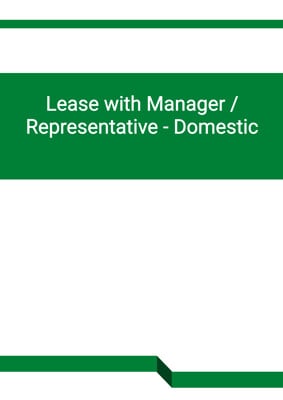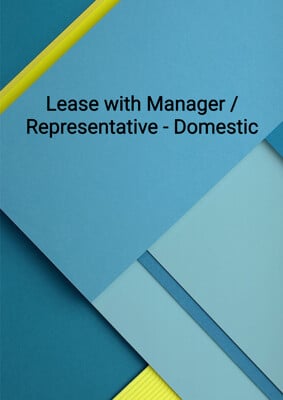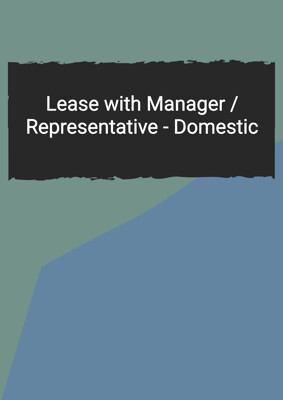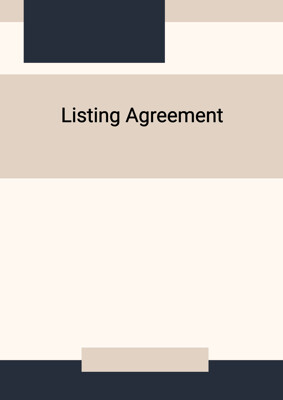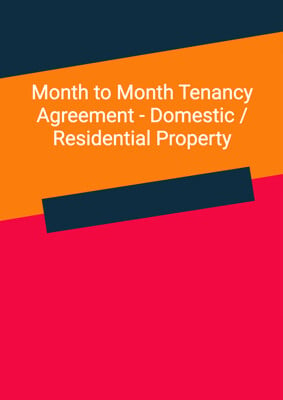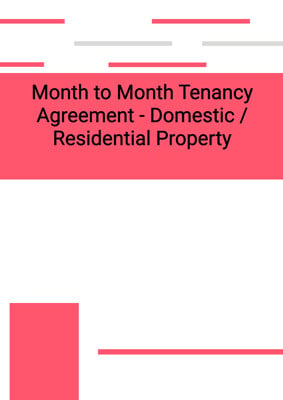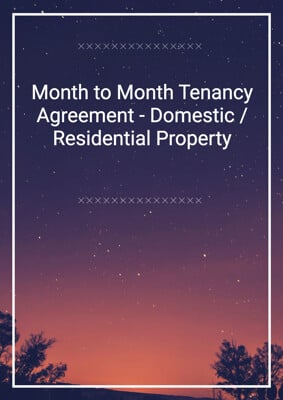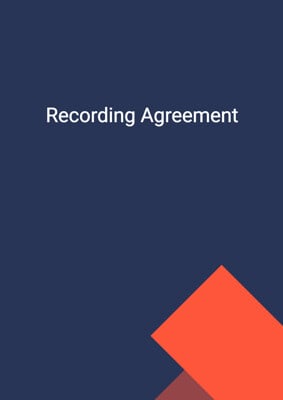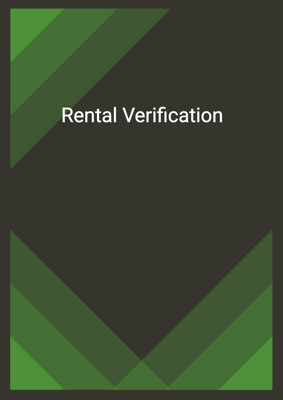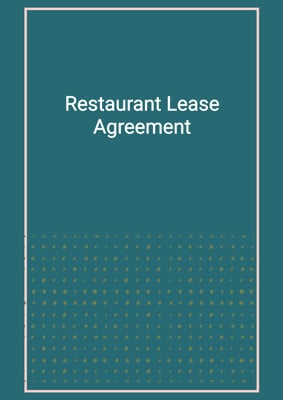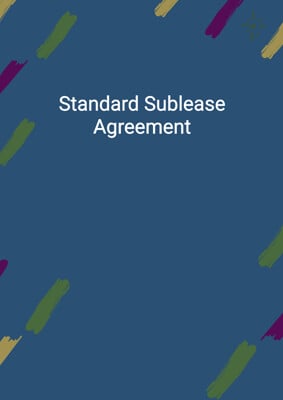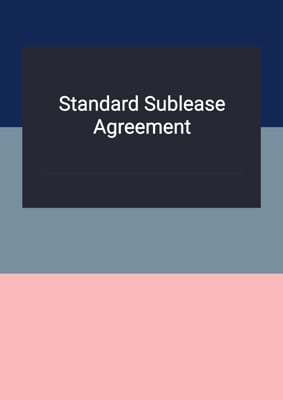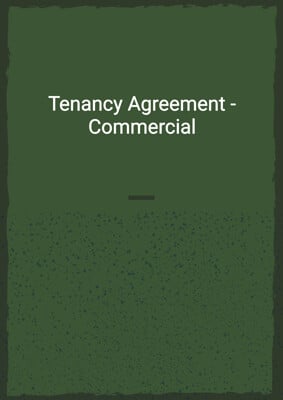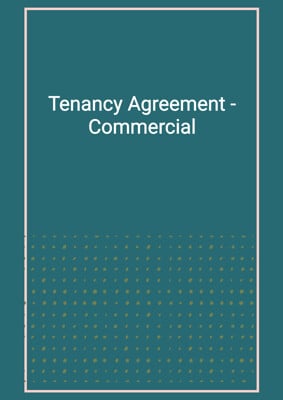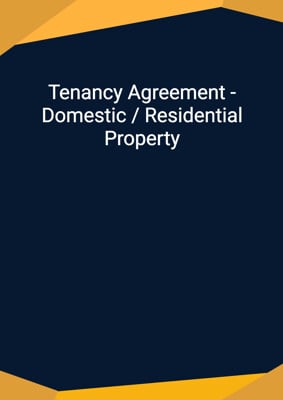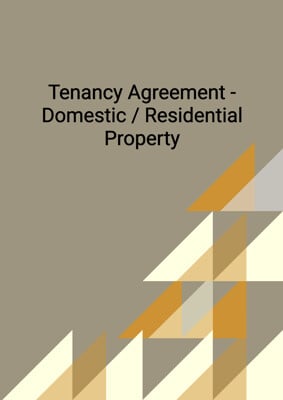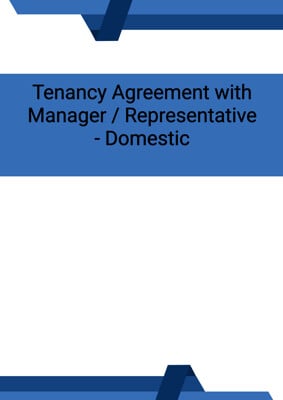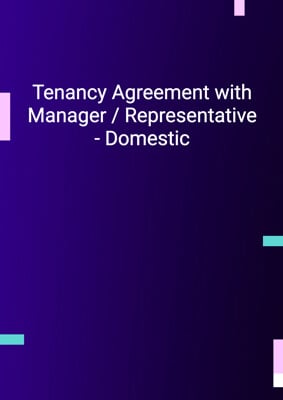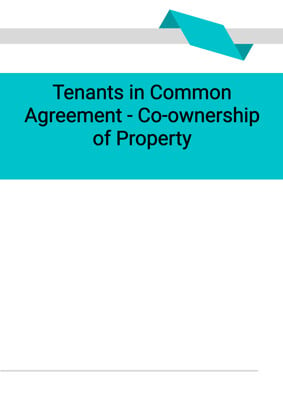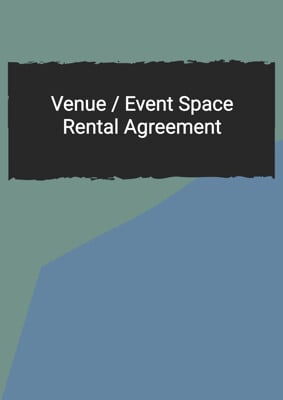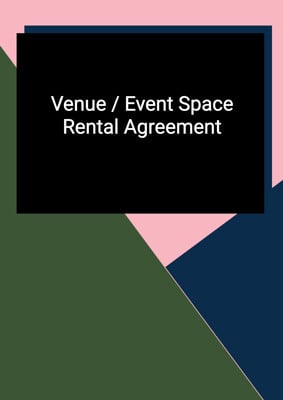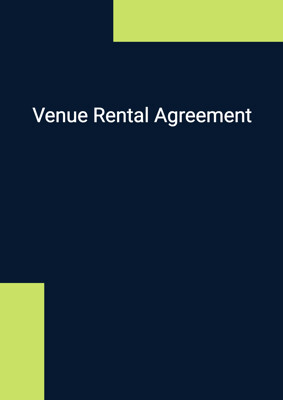How to Tailor the Document for Your Need?
01
Create Document
Fill in the details of the parties. You can click the "Fill with Member’s Information" button to complete it with information saved to your account.
02
Fill Information
Please fill in any additional information by following the step-by-step guide on the left hand side of the preview document and click the "Next" button.
03
Get Document
When you are done, click the "Get Document" button and you can download the document in Word or PDF format.
04
Review Document
Please get all parties to review the document carefully and make any final modifications to ensure that the details are correct before signing the document.
Document Preview
Document Description
The document titled 'Tenancy Agreement - Domestic / Residential Property' is a legally binding agreement between the landlord and the tenant for the lease of a residential property. The importance of this document lies in its ability to establish the rights and responsibilities of both parties, ensuring a smooth and mutually beneficial tenancy.
The entire document is divided into several sections, each addressing different aspects of the tenancy agreement. The first section, titled 'Tenancy', outlines the agreement to lease the premises and the furniture, fixtures, fittings, and equipment therein. It emphasizes that the premises are being leased for residential purposes and specifies the total area of the property.
The second section, titled 'Term of Tenancy', defines the duration of the lease agreement, including the start and end dates. It also mentions the option for both parties to terminate the agreement after a specified period, subject to a two-month written notice. Additionally, it highlights the provision for a rent-free period if applicable.
The third section, titled 'Rent', details the payment terms and obligations of the tenant. It specifies the rent amount, payment frequency, and the inclusion of furniture and electrical appliances in the rent. It also mentions the tenant's responsibility to pay for water, electricity, gas, telephone, and other outgoings related to the premises.
The fourth section, titled 'Deposit', explains the requirement for a security deposit and its purpose. It states the amount of the deposit, the conditions for its return, and the consequences of breaching the agreement.
The fifth section, titled 'Other Charges', outlines the tenant's responsibility for additional charges related to the use of water, electricity, telephone, internet, gas, and heating. It also specifies the payment responsibilities for management fees, government rates and rent, and property tax.
The sixth section, titled 'Landlord's Responsibilities', highlights the landlord's obligations, including ensuring the legality of the premises, renovating the property before the tenancy, and maintaining the structural parts and essential utilities.
The seventh section, titled 'Tenant's Responsibilities', outlines the tenant's obligations, such as paying rent and other charges promptly, maintaining the premises in good condition, indemnifying the landlord for any loss or damage caused by the tenant, and complying with laws and regulations.
The eighth section, titled 'Termination of the Tenancy', explains the circumstances under which the landlord can terminate the agreement due to non-payment or breach of terms. It also specifies the tenant's responsibility to deliver vacant possession of the premises at the end of the lease term.
The ninth section, titled 'Conditions of the Premises', addresses the acceptance of the premises in their current condition, the tenant's responsibility for repairs and damages, and the landlord's liability for substantial destruction or damage.
The tenth section, titled 'Restrictions and Prohibitions', outlines various restrictions imposed on the tenant, such as not making alterations without consent, not causing nuisance or annoyance, and not subletting or assigning the premises without permission.
The eleventh section, titled 'Exclusions', clarifies that the landlord is not liable for certain events or damages, such as malfunctions or breakdowns of utilities or fire and water-related incidents.
The twelfth section, titled 'Miscellaneous', includes general provisions regarding the entire agreement, waiver of breaches, notice and service, rights of third parties, and the governing law and jurisdiction.
The document also includes a schedule that lists the furniture and electrical appliances included in the rent, as well as any additional renovations agreed upon.
Overall, this tenancy agreement serves as a comprehensive and detailed contract that protects the rights and interests of both the landlord and the tenant throughout the duration of the tenancy.
How to use this document?
1. Read the entire tenancy agreement carefully to understand the rights and responsibilities of both the landlord and the tenant.
2. Ensure that the agreement clearly specifies the duration of the tenancy, including the start and end dates.
3. Take note of any rent-free period mentioned in the agreement and the conditions for its applicability.
4. Familiarize yourself with the payment terms, including the rent amount, payment frequency, and any additional charges payable by the tenant.
5. Understand the requirements and conditions related to the security deposit, including the amount, its purpose, and the circumstances under which it may be forfeited.
6. Be aware of your responsibilities as a tenant, such as maintaining the premises in good condition, paying rent and other charges promptly, and complying with laws and regulations.
7. Take note of any restrictions or prohibitions mentioned in the agreement, such as not making alterations without consent or not subletting the premises without permission.
8. Understand the termination provisions and the consequences of non-payment or breach of terms.
9. Keep a copy of the tenancy agreement for future reference and ensure that both parties have signed it.
10. If you have any questions or concerns about the agreement, seek legal advice or clarification from the landlord or a professional.
11. Remember to comply with all the terms and conditions of the agreement throughout the tenancy to maintain a good relationship with the landlord and ensure a smooth tenancy experience.
Not the right document?
Don’t worry, we have thousands of documents for you to choose from:
